Designer of the week - UX Norge
I was interviewed by UX-Norge as designer of the week. This is a translation of this interview to english:
- Name: Marius Hauken
- Age: 34 years
- Residence: Bergen, Norway
- Education: Master’s in Design from Bergen Academy of Art and Design
- Job: Designer at Stacc
- Years as a designer: 13 years
- Listening to now: Imagine Dragons
- Watching now: Dexter - New Blood
- Reading now: The Humans by Matt Haig
How has your journey been to where you are now?
It has mostly been characterized by doing what I found most interesting at any given time. In junior high, I made a lot of movies and spent lots of time with both Photoshop and Premiere. When it was time to choose a path in high school, it was an easy choice to start on Media and Communication which at the time was a brand academic track. There I learned the unique combination of printing with a Heidelberg machine and HTML and CSS for the first time. I still remember the magic of transferring some files to an FTP server and suddenly a website was accessible to the whole world.
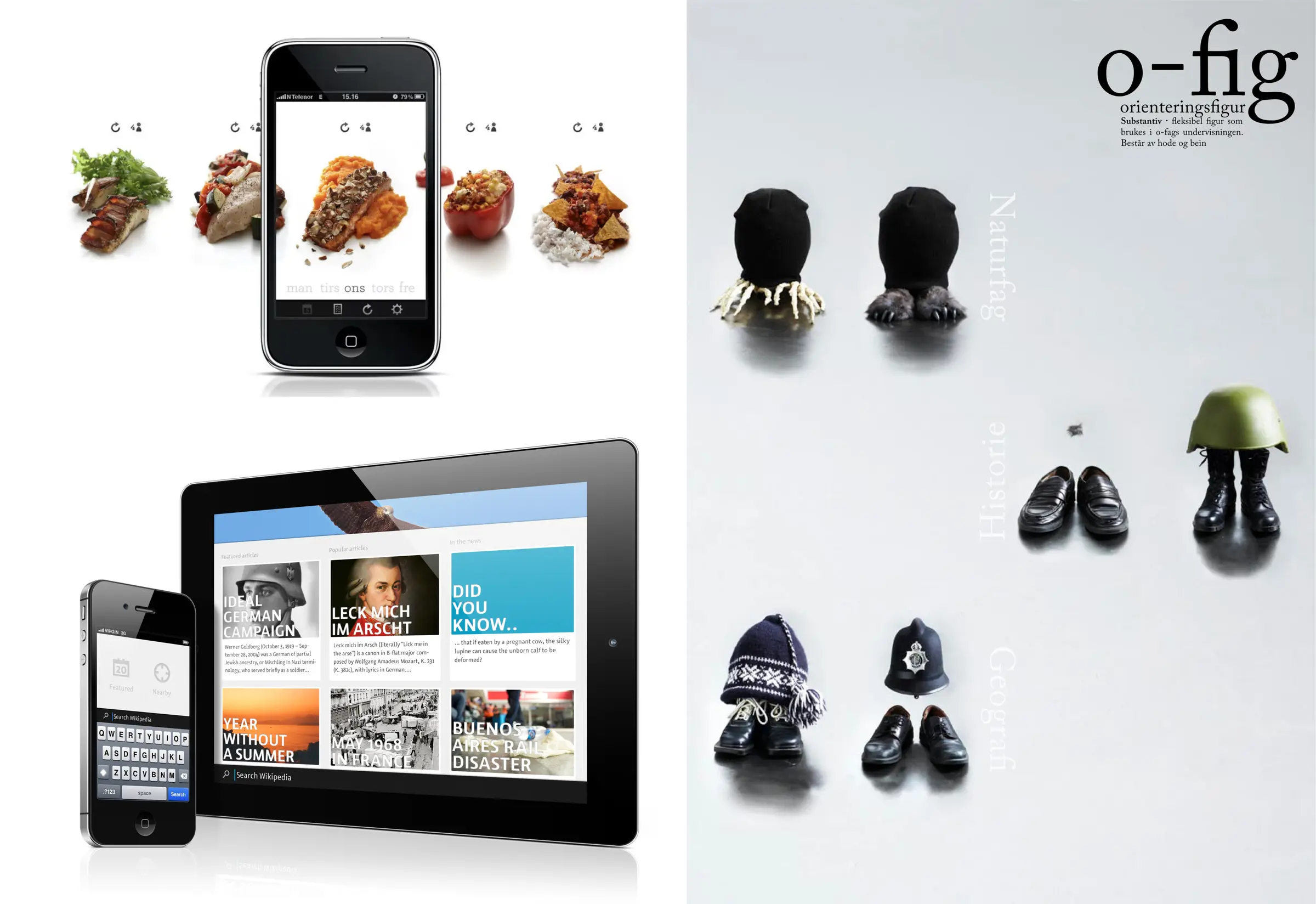
After high school, I wanted more of the same and got directly into KHiB (Bergen Academy of Art and Design) in Visual Communication. I ended up staying at KHiB for 5 years to take a Master’s in Design. The way the program was structured was perfect for me, with 2-3 week-long projects with new themes such as illustration, typography, Motion Graphics, and interaction design, etc. As I got further into my studies, I also focused more on screen design.
While I was doing my master’s, I ran a design agency with some former classmates: Kassett. There we honed our skills on real customers while studying, which I recommend to everyone studying design. We delivered projects for large and small clients, everything from Bygdalarm and Oslo Lux to Helse Vest. But when I heard that Netlife was coming to Bergen, I immediately got in touch and started there six months before Netlife’s Bergen office became a reality.
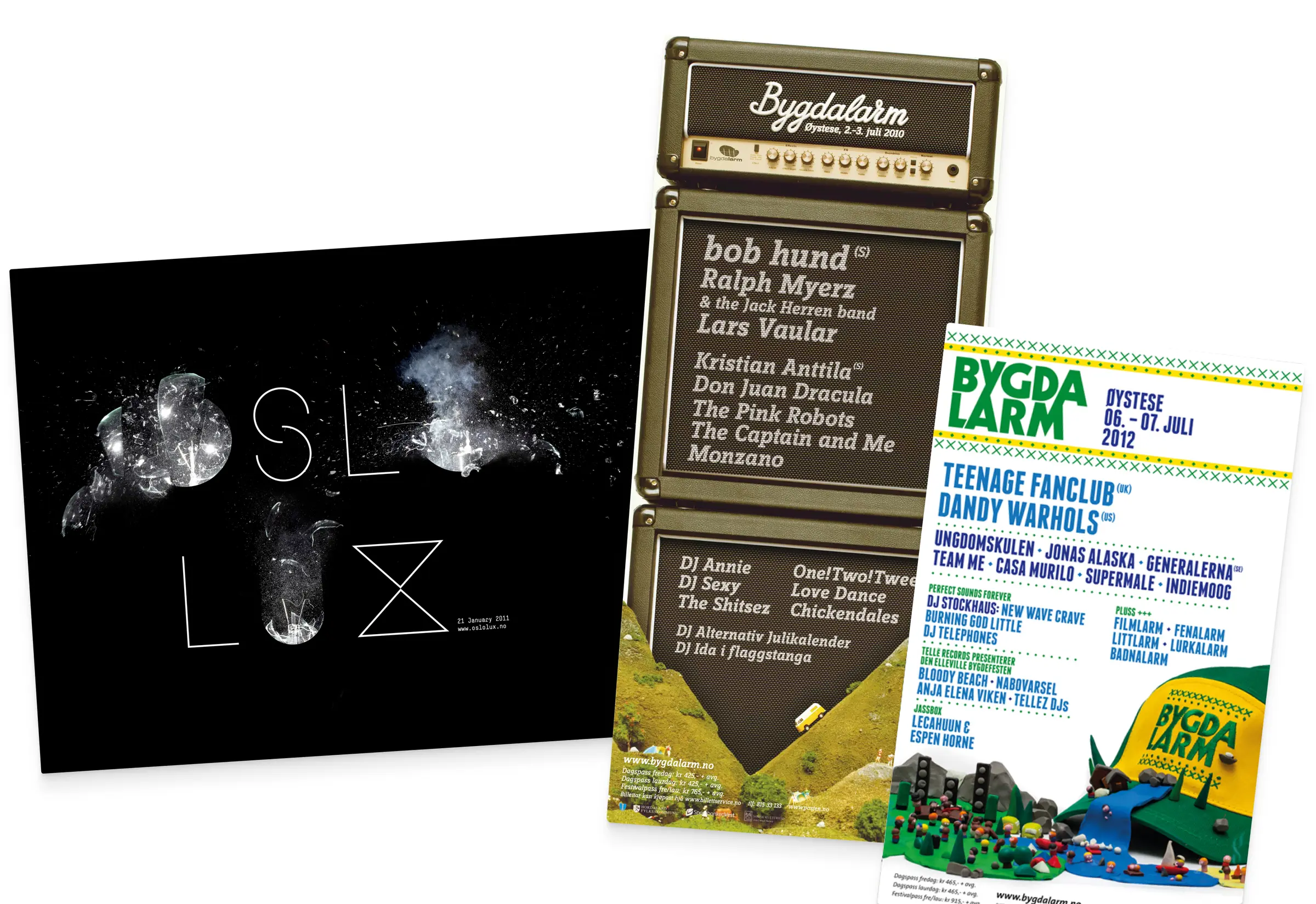
My first client at Netlife was a small startup with a dream of helping parents coordinate all children’s leisure activities in a simple way: Spond. It has been fun to see their journey afterward!
At the same time, I was gradually phased into a team that commuted to Bergen to help Skandiabanken become responsive online. I ended up working at Skandiabanken/Sbanken as a consultant for almost 5 years and was involved in everything from payment screens, mortgage flows, development of a savings robot, and two rebrandings.

One of the things I’m most proud of in Sbanken is the impressive prototype we made of the entire bank. It was a PHP rig (this was after all years before anyone had heard of React) where we simulated an entire online banking experience and could load simple customer data so that customers would recognize themselves when we user-tested the banking solution on them. The CSS and markup in the prototype were taken forward into the production of the bank. Now there are thankfully better rigs for this with reusable components in React/Vue/etc, but I think that the prototype in context with monthly user tests of this over 5 years has played an important role in Sbanken’s position in the Norwegian banking market for many years.
While working at Sbanken, Robin Sandborg, who I’ve worked with since we studied together, and I became acquainted with Espen Sæverud. We quickly realized that a skilled developer and two coding designers were a good combination. Together, among other things, we won a hackathon hosted by Sbanken, which resulted in us integrating Coinbase into the online bank as a PR stunt. We all agreed that things were going a little too slowly in the banking industry, so with the fintech company Stacc behind us, we started Stacc X. We believed there was a market for themeable frontend components for banks (there wasn’t 😅), but there was a market for delivering complete application flows and UX consulting for banks.
At Stacc, I have been on a fantastic exciting journey from when we were a total of about 15 people in the conglomerate to now being 200+ with offices in several countries. There are a lot of skilled people here, and if we have a technical challenge or other issue within finance, there is definitely someone in the organization who can help with the answer or has encountered it before.
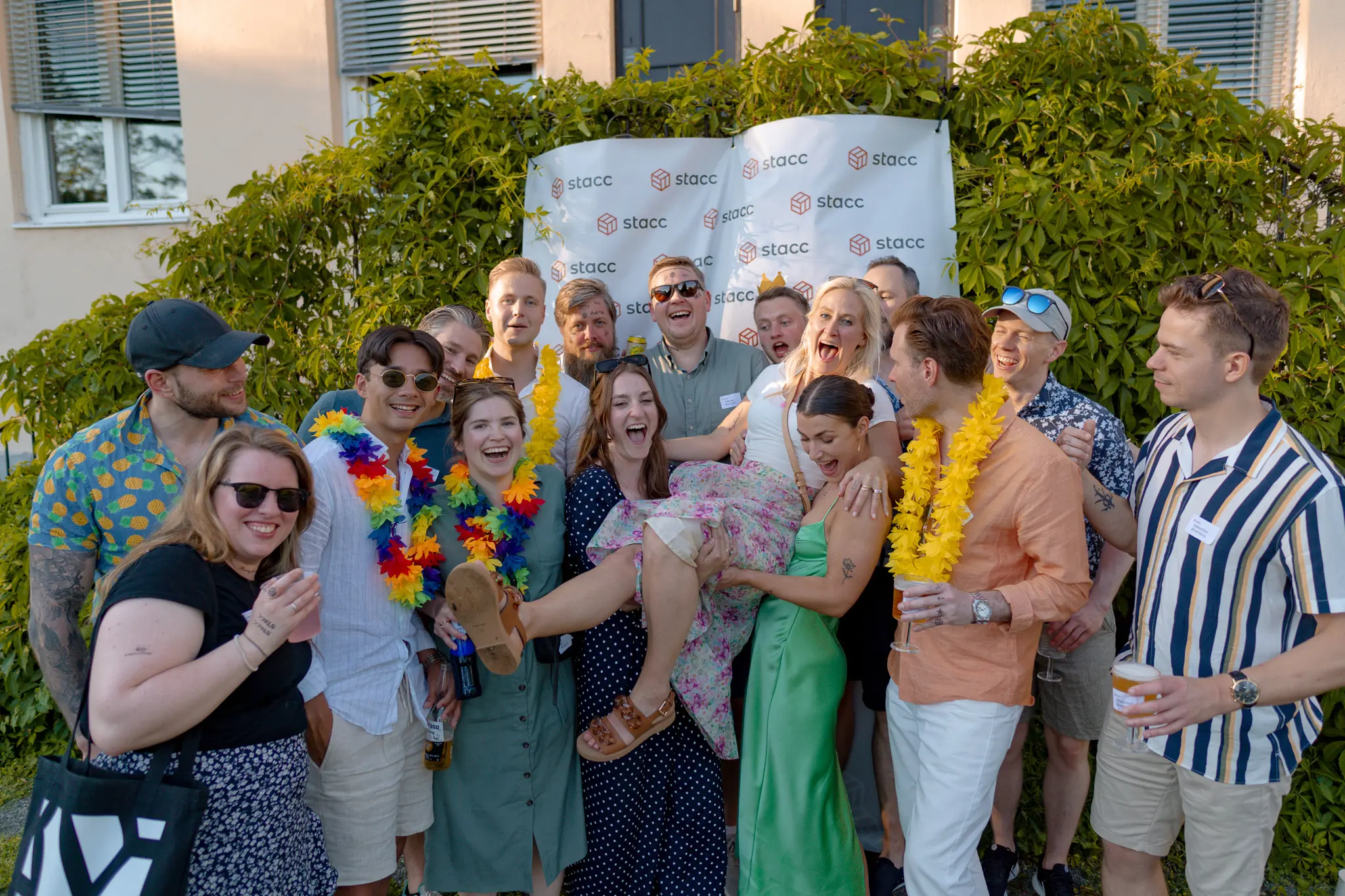
During my time at Stacc, I have among other things been involved in designing the first version of Bulder Bank, a car loan solution for Danske Bank, a communication platform between car dealer Nordea Finans and the car buyer, several mortgage solutions, a platform for underwriting for Tryg, and feasibility studies for various banks.
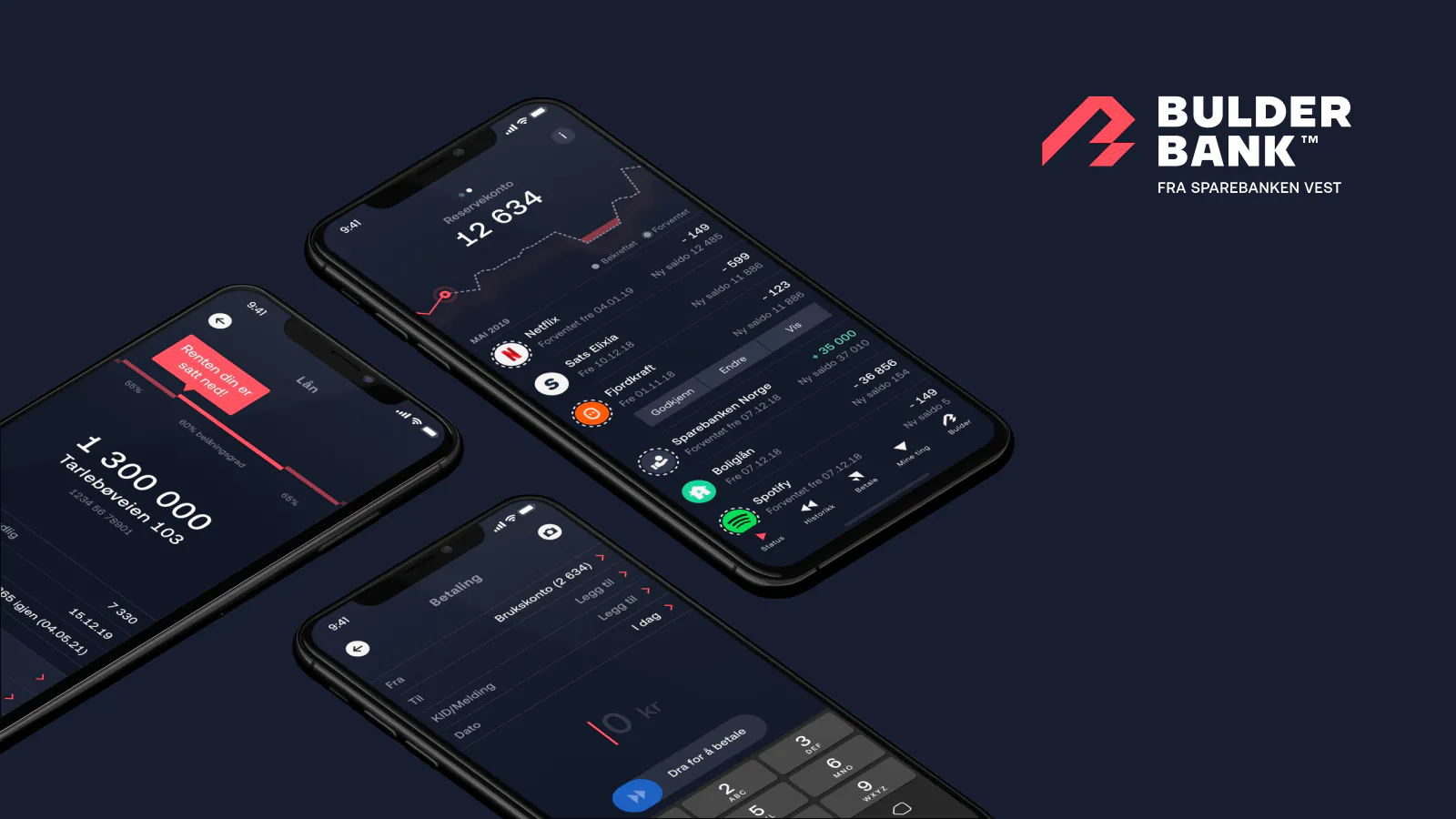
It’s really fun to be in the position that we are now in Stacc, where in very many projects we can work with (and deliver) the entire customer journey, from someone starting to apply for a loan, to a case worker looking at the case and until it is paid out and the loan is followed up. This also means that my role as a designer often blends just as much into business development and the technical landscape when it comes to what data we get from various APIs, etc.

What are you currently working on?
One of the disadvantages of working at a company that helps banks and other fintech companies is that I can very rarely share what I’m working on at the moment. But I can reveal that we are about to deliver our first end-to-end mortgage solution and an exciting rebranding of a bank. This is actually the sixth time I’m involved in rebranding/designing a bank and defining how the profile should be carried out on digital surfaces.
What does a typical workday look like for you?
It is mostly chaos from when I get up until I come home from work (and often after work too 😅). I typically juggle multiple projects and deliveries for different customers while involved in sales processes. This means that no two days are alike, which I really enjoy.
During a typical week I will often do this:
- Have a workshop with a customer
- Work concentrated in Figma
- Work closely with business developer and architect on how a flow should look and function
- Possibly sales meetings
- Interview potential people for the team
- Write a newsletter
- Attend a standup with a customer team
- Follow up part-time students or employees
What tools can’t you live without?
- Figma for sketching, designing flows, and thinking
- Obsidian for writing and thinking
- Things to avoid thinking
- I also have an extensive list of tools I use regularly at Hauken.io/uses
Who or what inspires you?
I am inspired by a lot, but especially by designers who master code as their tool and have a playful and exploratory approach to what they create, such as: Rauno Freiberg, Jordan Singer, Alyssa X, Anthony Hobday, Ivan Hjelmeland, Jonnie Hallman, Tim Holman, Brian Lovin, Rafael Conde, Steve Ruiz +++
What would you like to learn more about in the future?
I want to learn more about TypeScript. I certainly see the value and have ended up using it in some side projects, but I do not quite understand what I am doing.
What do you find most challenging in your job as a designer?
Selling the value of design. No one I talk to disagrees about the value of design, but why is it so much harder to sell than a developer hour? This despite the fact that the developer hour can be worthless if a good design job isn’t done first.
What do you think designers in Norway should get better at?
We should more widely acknowledge that domain expertise in an industry is important as a designer. Too often, design consultants are sold as designers regardless of industry, and that they can jump from healthcare providers, to finance and further to the maritime industry without this being a problem. In my opinion, that is utopia and not least very frustrating for designers to have to handle a fairly broad field while constantly jumping between industries.
Yes, a designer can definitely deliver value in new industries, but it’s not comparable to how much value a designer who knows the industry can deliver. Therefore, I would like to advocate for specializing towards an industry for designers.
What do you do when you are not working?
Most of the time is spent with the family with 2 small girls (soon to be 3 and 5 years). We have two outdoor girls, so the time is mostly used outside.
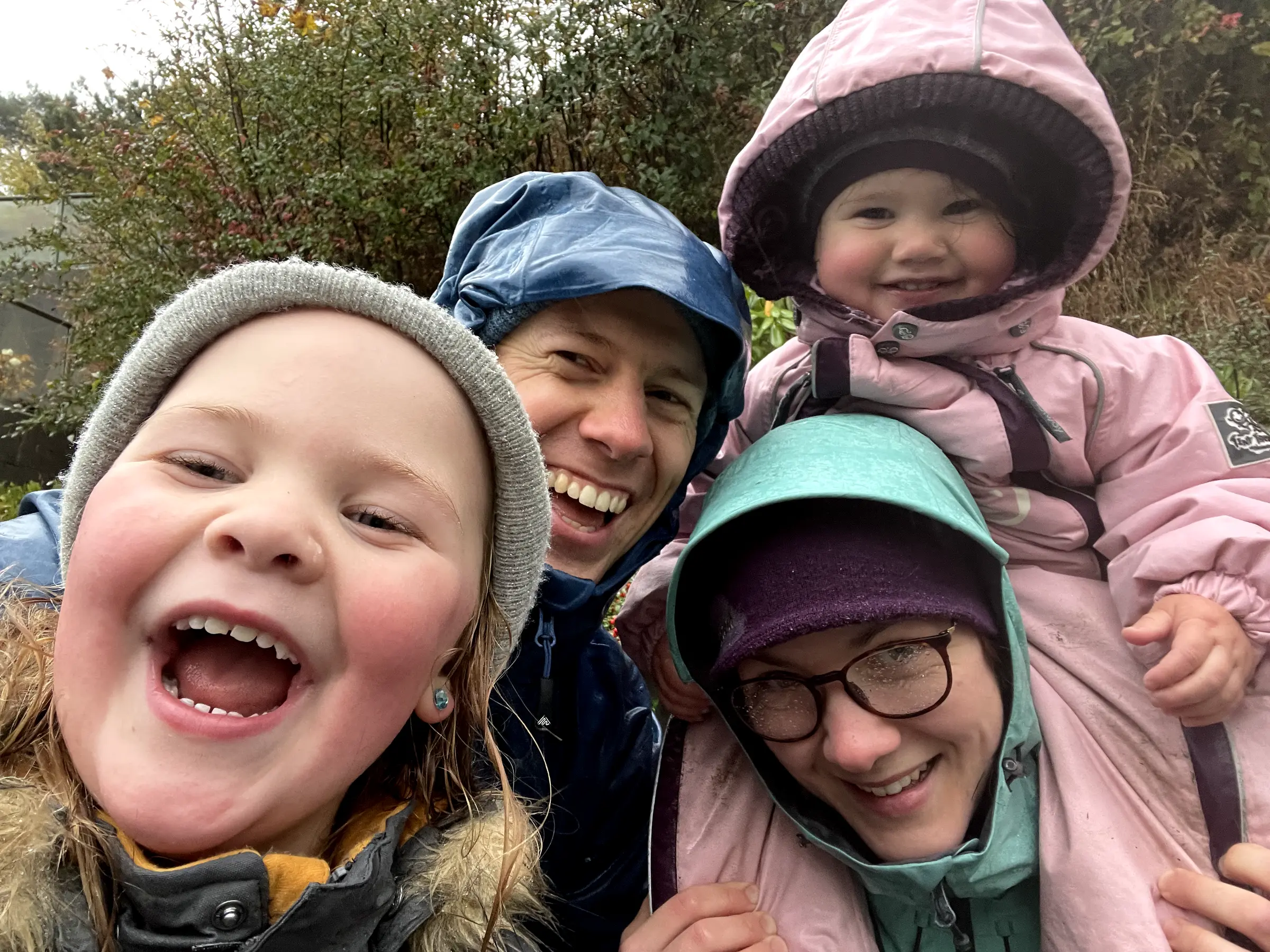
In the evenings, I’m regularly at our home gym, which luckily was ready long before the pandemic. Having it available right outside the house drastically lowers the threshold to get started, and not least the luxury of not having to wait for someone to finish with the equipment you need. I don’t really train for anything specific, but we’ve usually taken part in one obstacle course during the year. Last year, the eldest also got to participate – that was great!
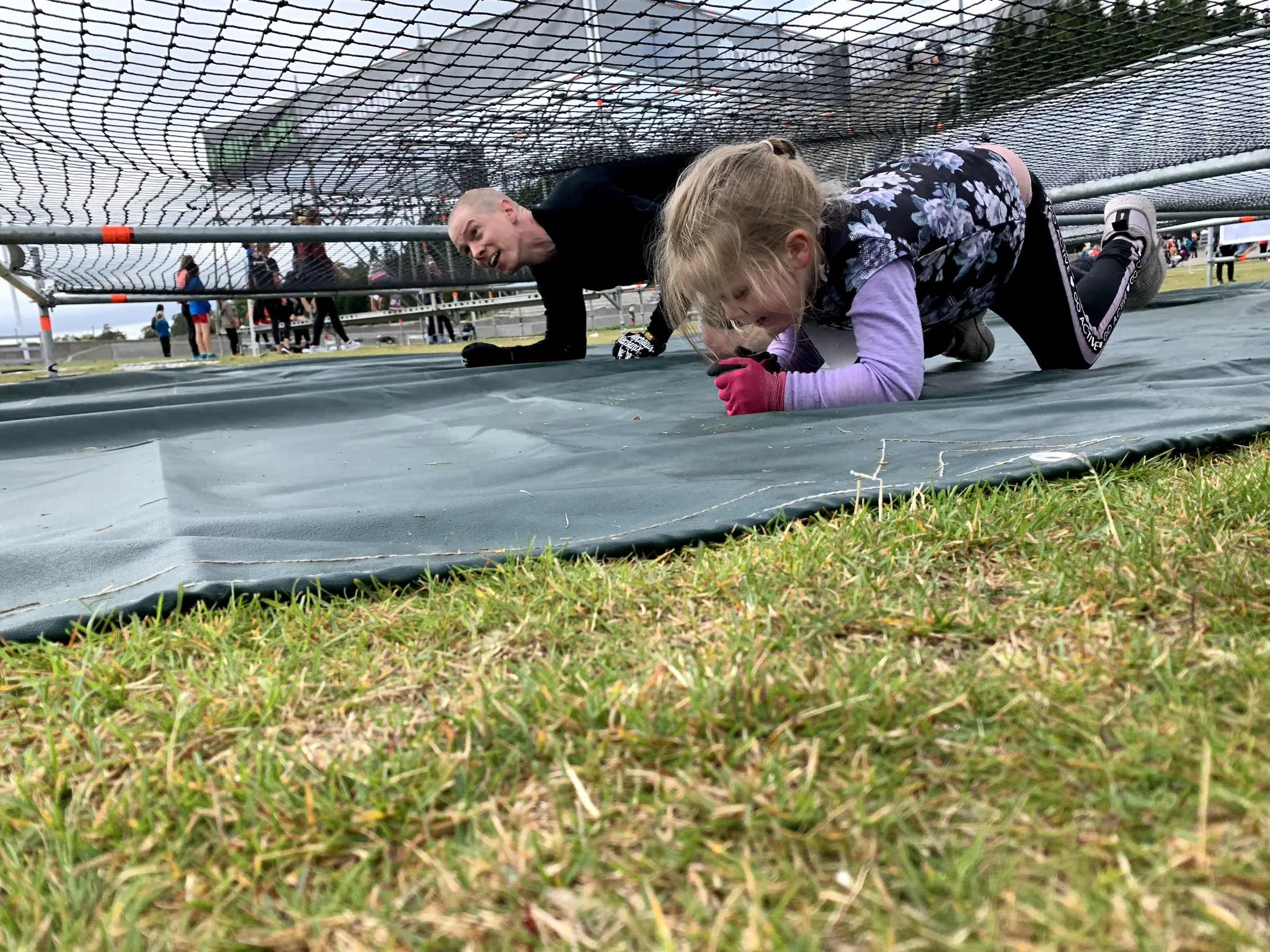
In the evenings, I work on some side projects to test out new ideas, technologies, and to simply have fun. So far, this has resulted in a daily newsletter with hidden iPhone features (iSecrets.io), a bunch of followers on Twitter, a response from Elon Musk 😮 and soon a macOS app 🤞.
Do you have a short tip for students or those new to the field?
Document what you create for clients for your own sake. If you’ve designed a website, for example – take screenshots and videos of it after launch for documentation for later in dumb formats (.jpg/png and .mov). Make it a habit!